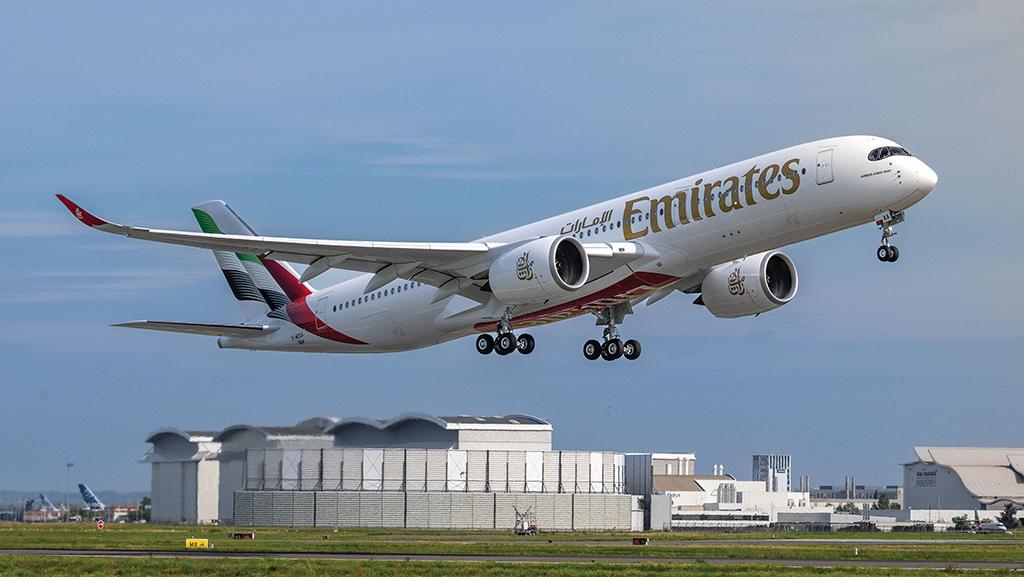
Emirates took delivery of its first A350 in November.
Credit: Airbus
On a December day at Toulouse-Blagnac Airport toward the end of 2024, the apron is full of new aircraft, some ready to be picked up by their customers but many waiting for components. Airbus A350s are parked everywhere, even in front of the old Jean-Luc Lagardere site on the other side of the runway...
Airbus A350 Marks 10-Year Anniversary In Revenue Service is available to both Aviation Week & Space Technology and AWIN subscribers.
Subscribe now to read this content, plus receive critical analysis into emerging trends, technological advancements, operational best practices and continuous updates to policy, requirements and budgets.
Already a subscriber to AW&ST or AWIN? Log in with your existing email and password.





